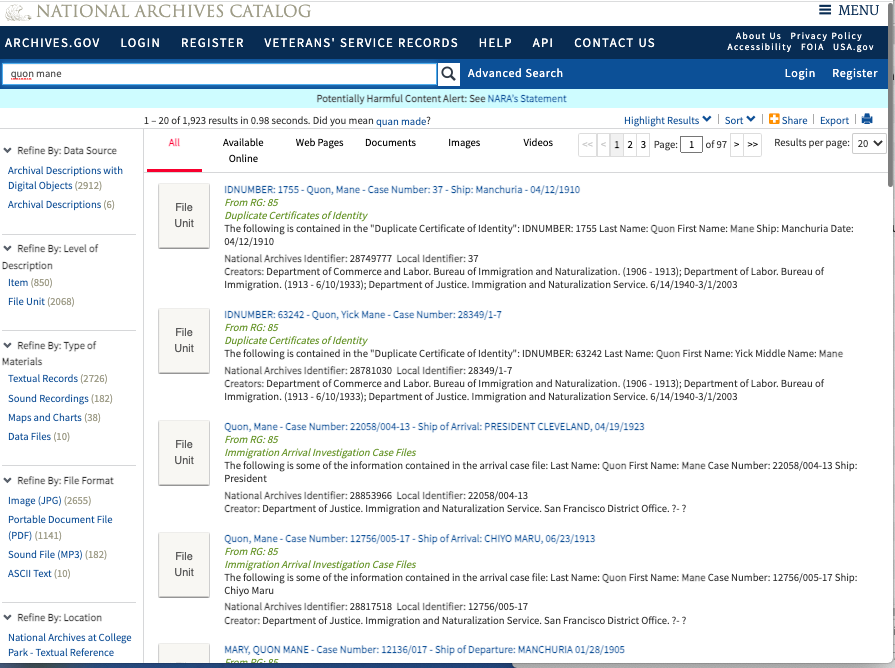Image: 1903 identification card for #3 Brother Quon Tong (Arrival Case File 2907/35, Quon Tong, RG85, NARA San Bruno)
Exclusion-Era Paper Chase
Also in this section: Unexpected Patriarch | 1st-Hand Accounts | 90 Years in Business | Quon Mane Offshoots | Brothers Between Lands | Other Quon Profiles
